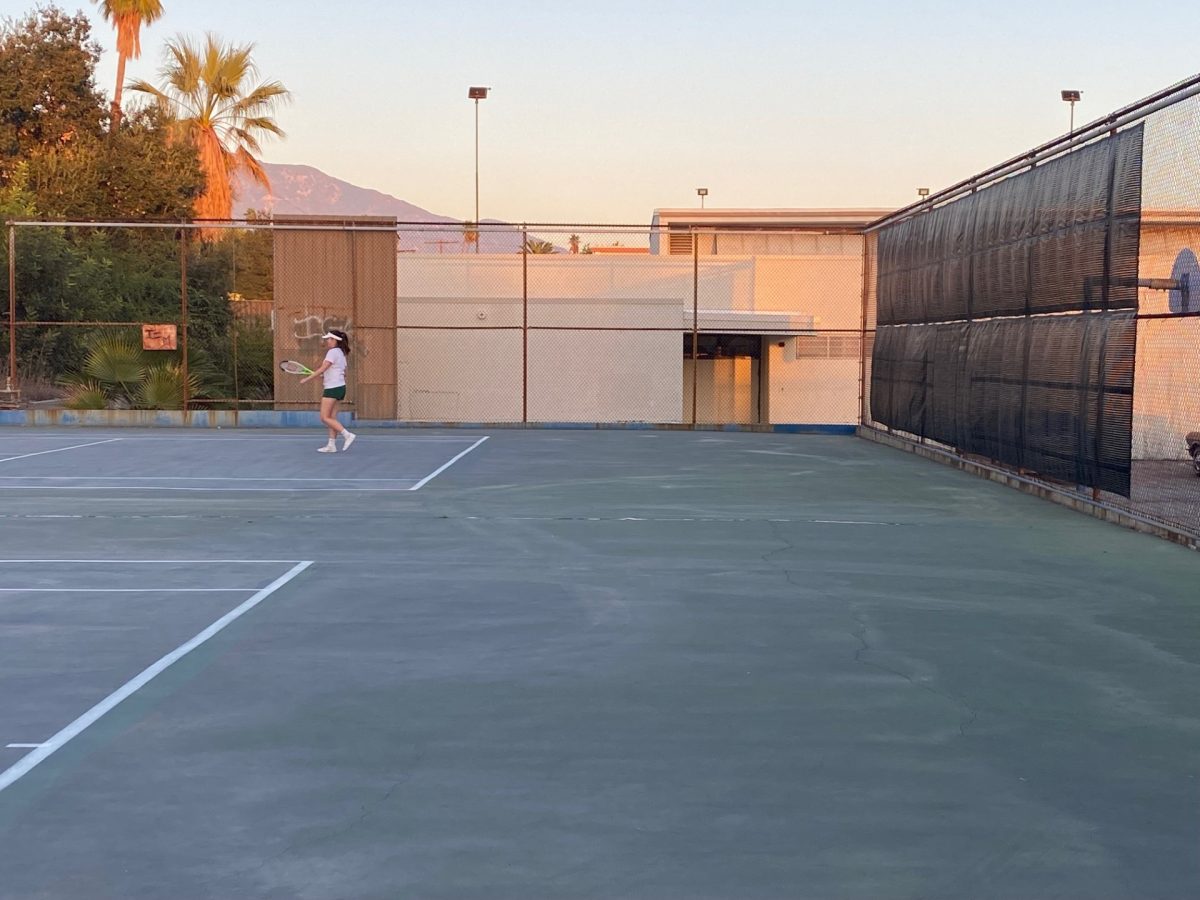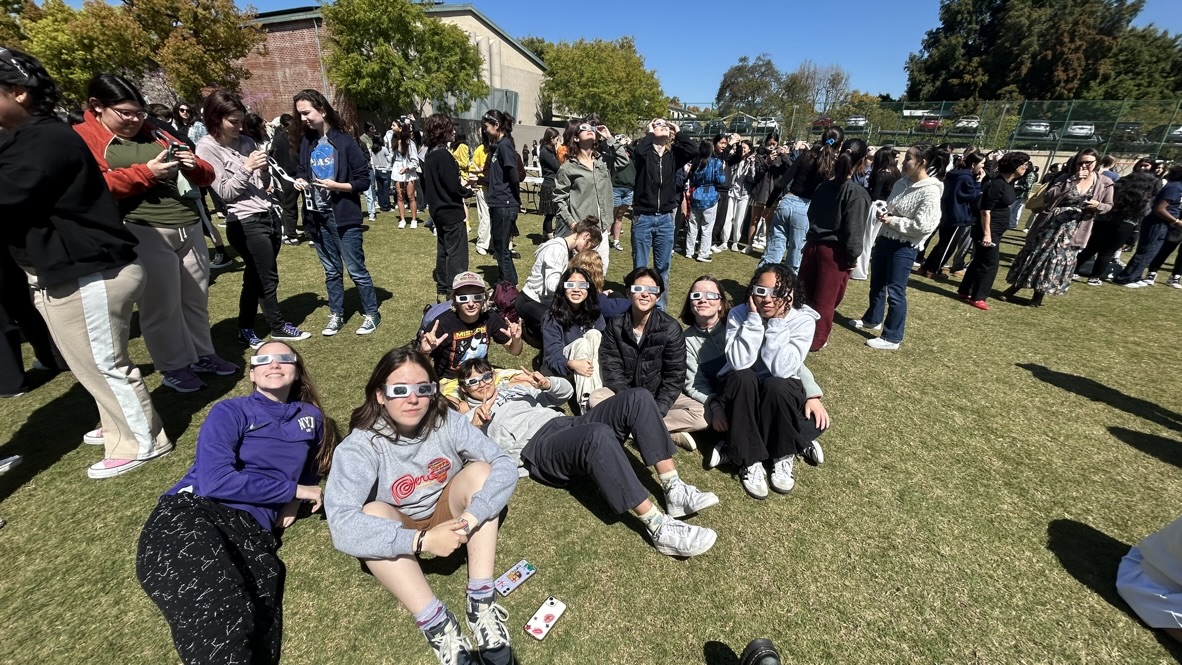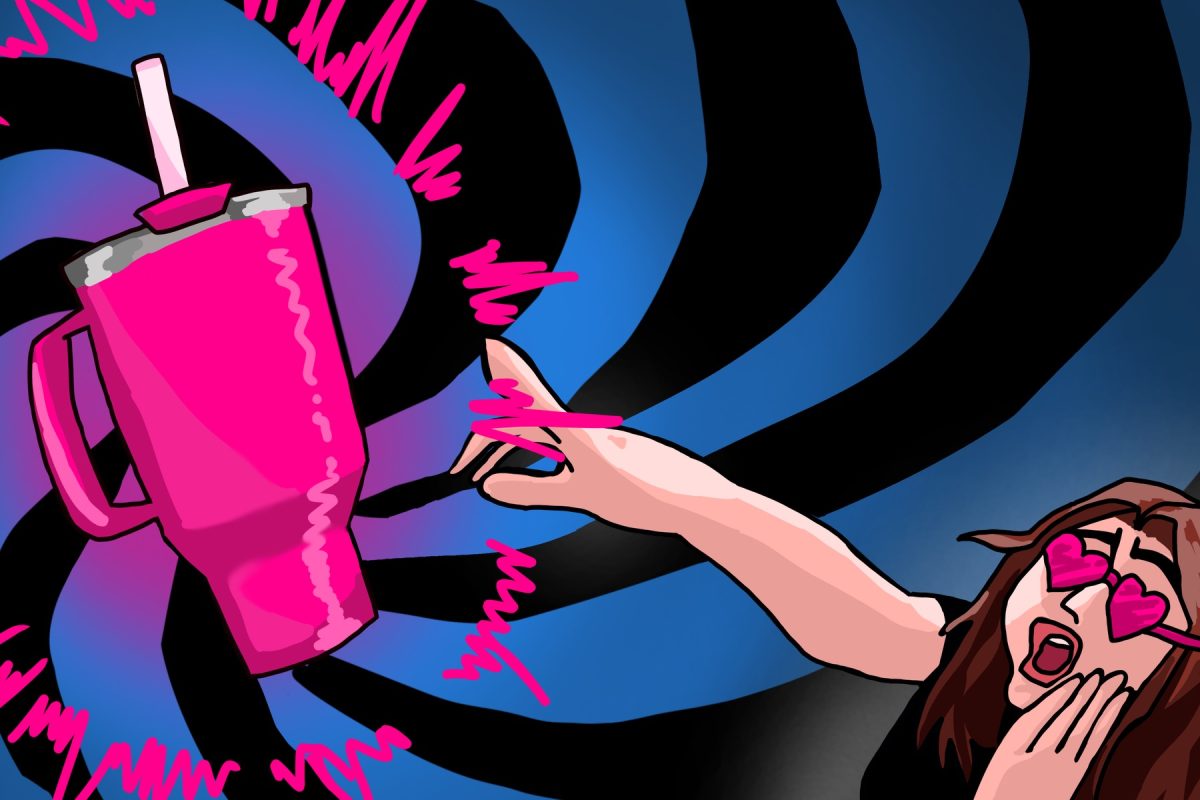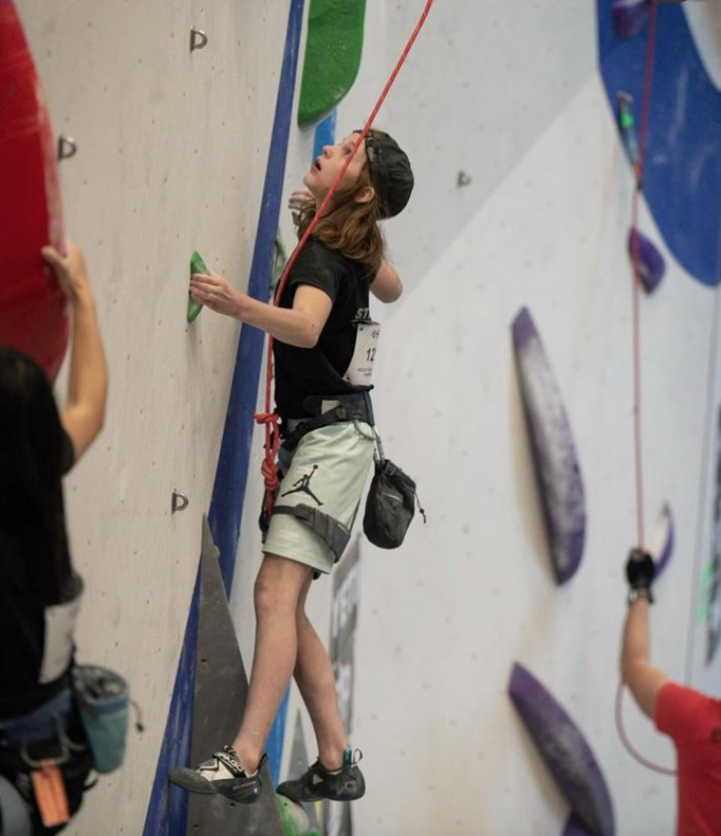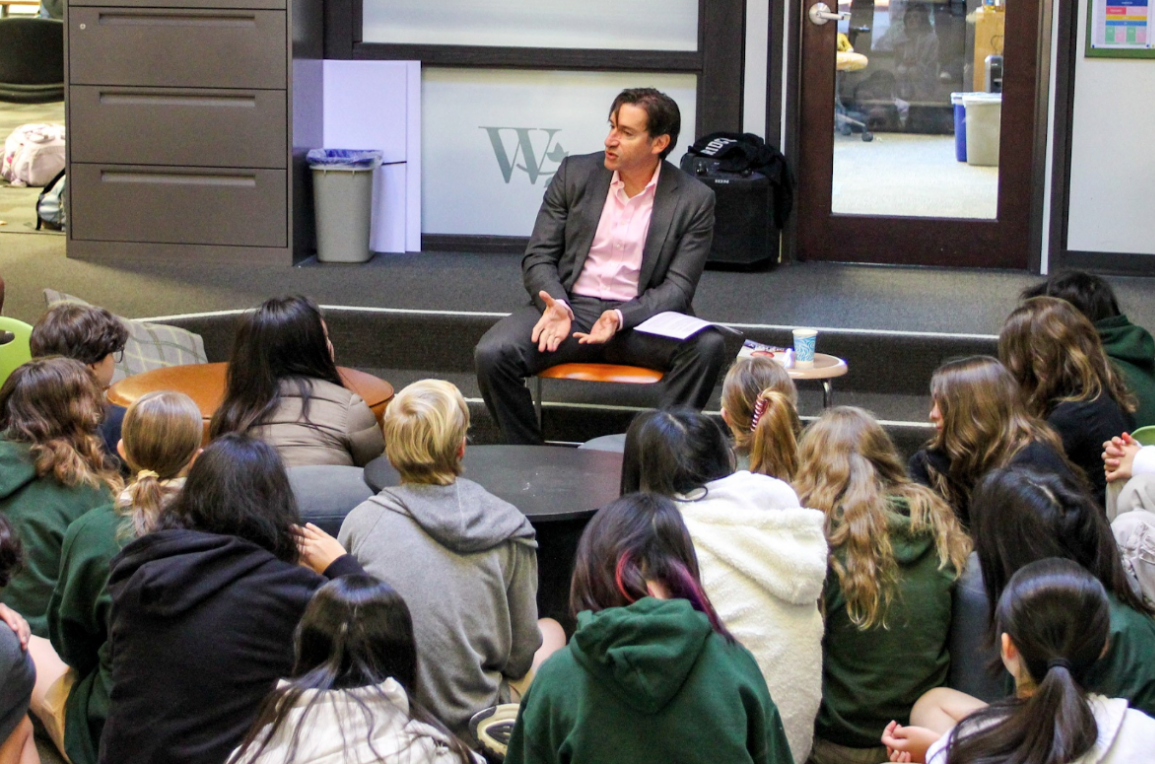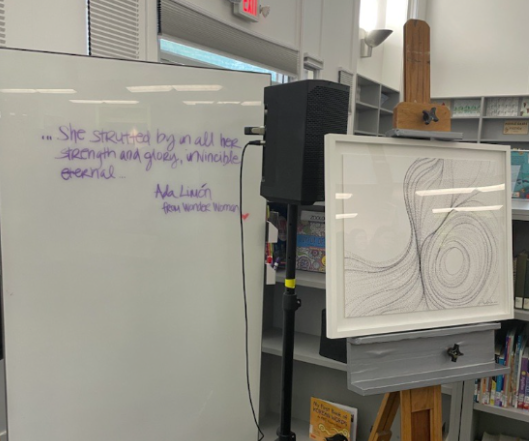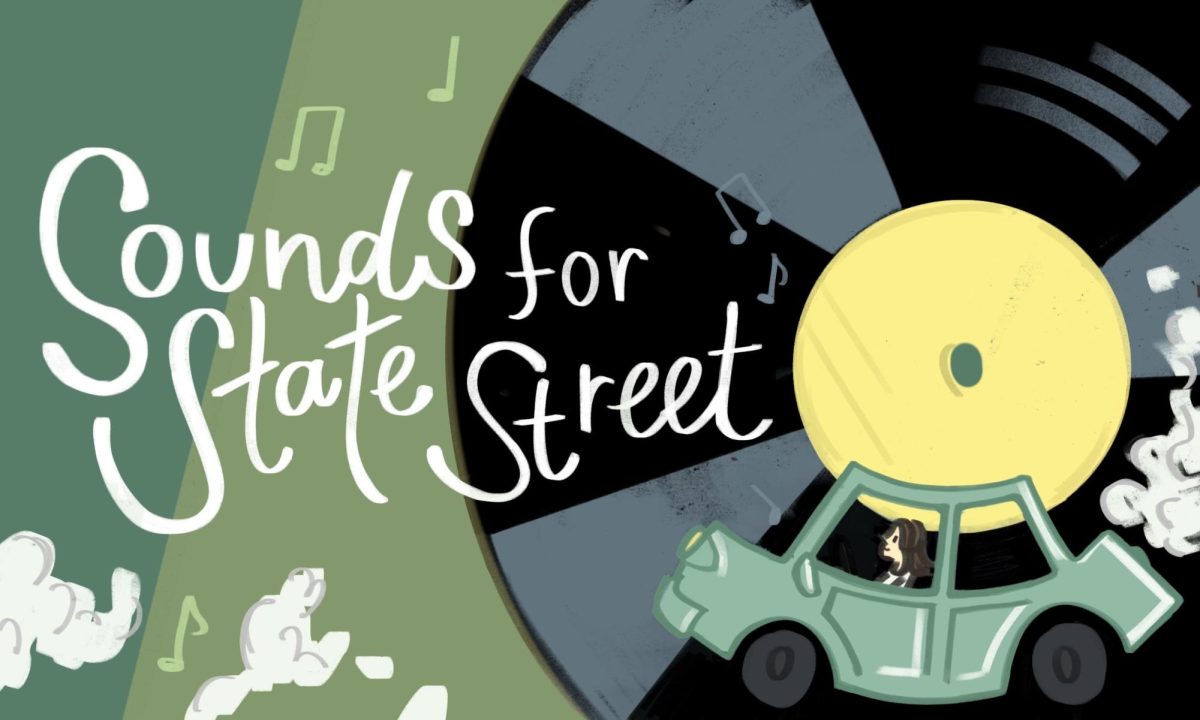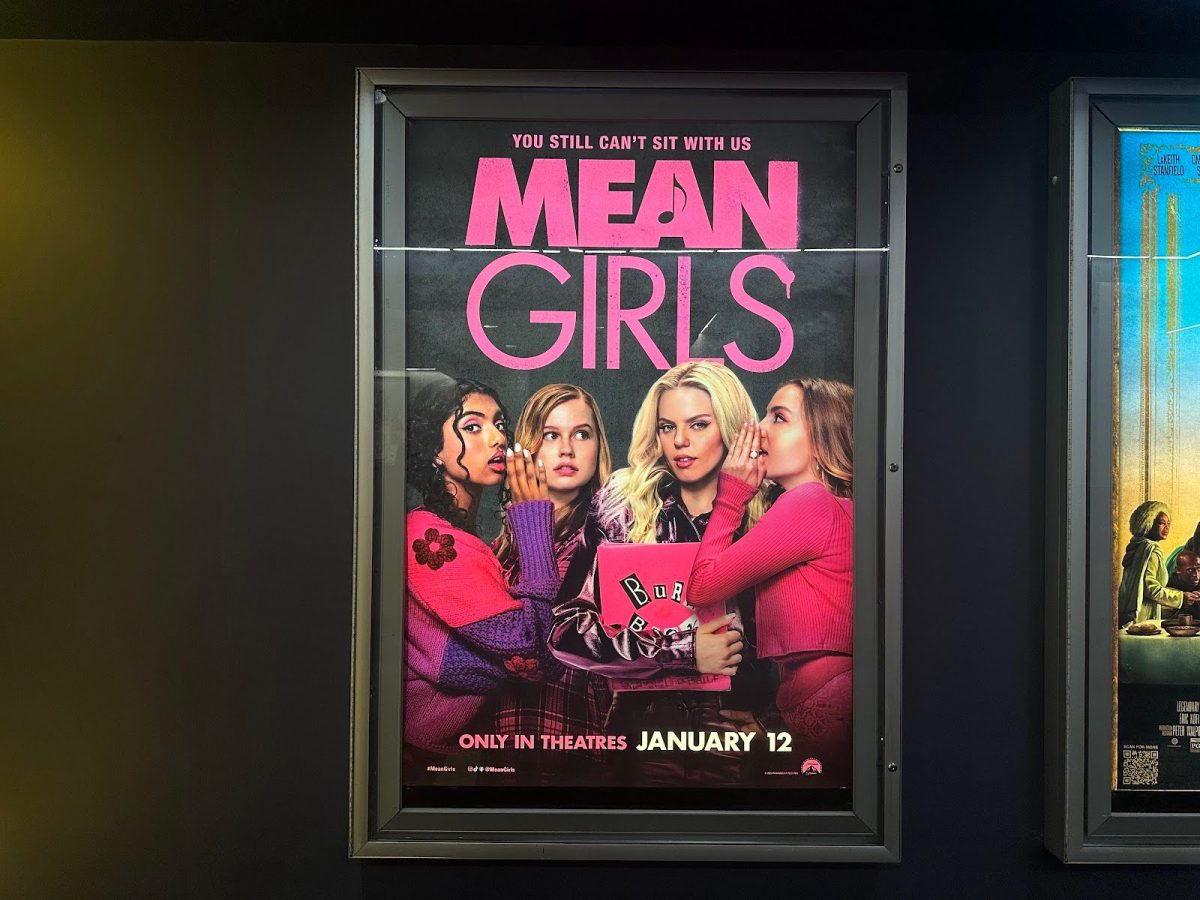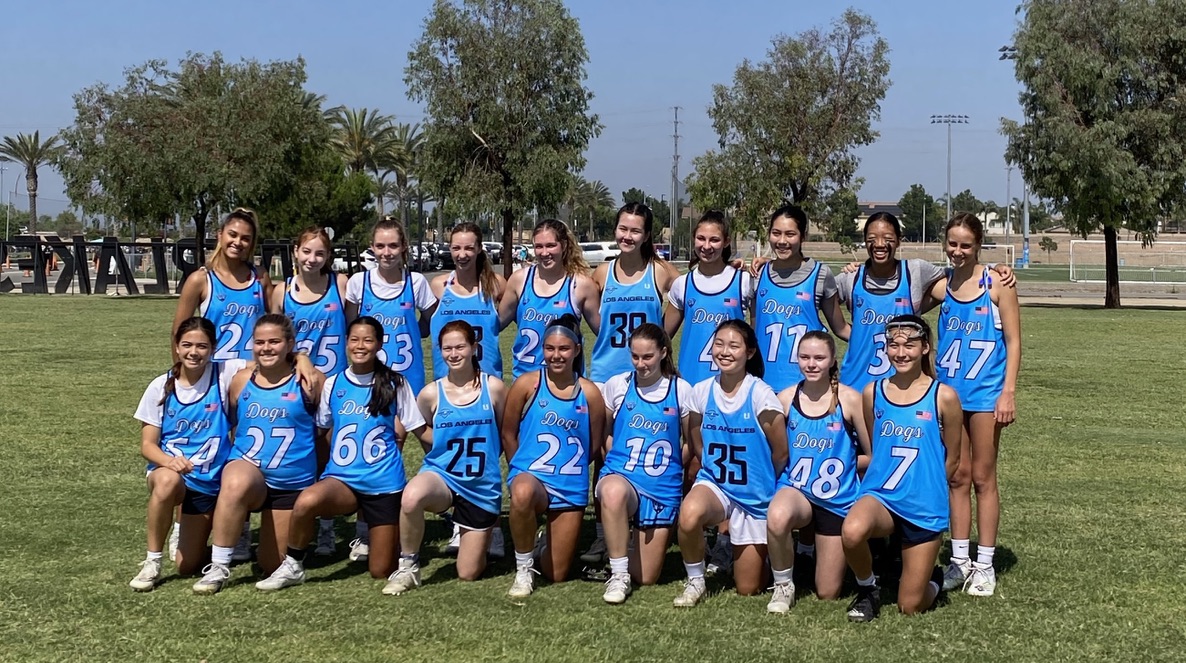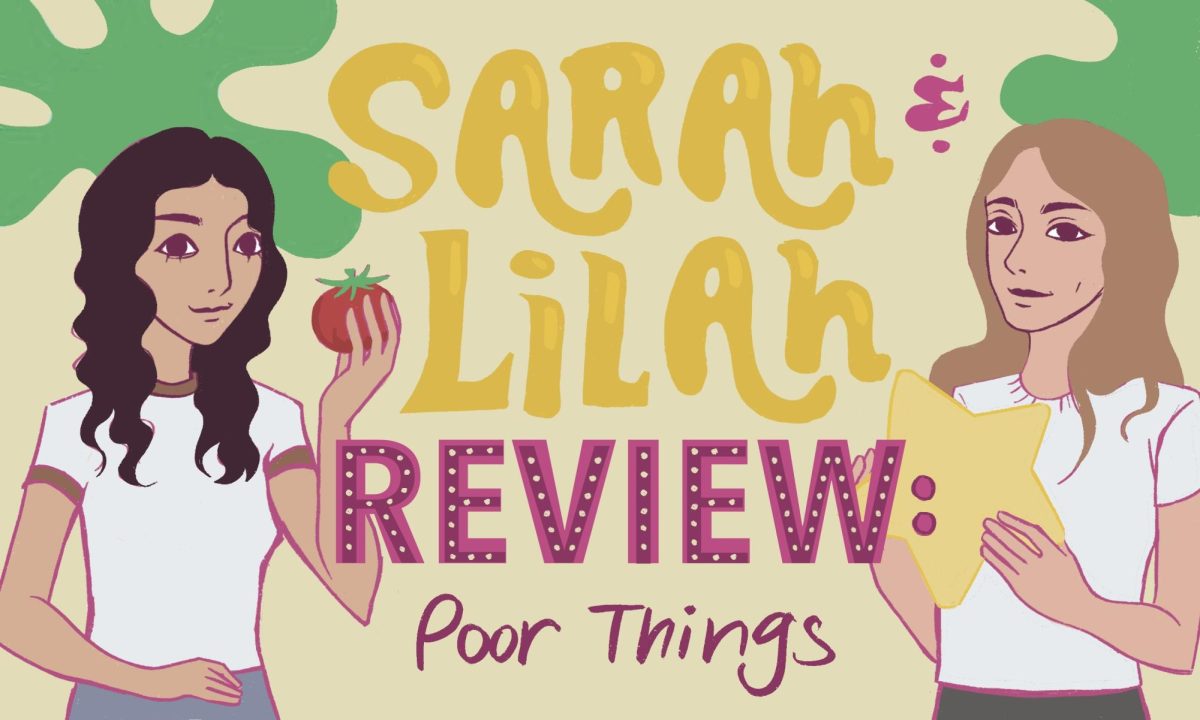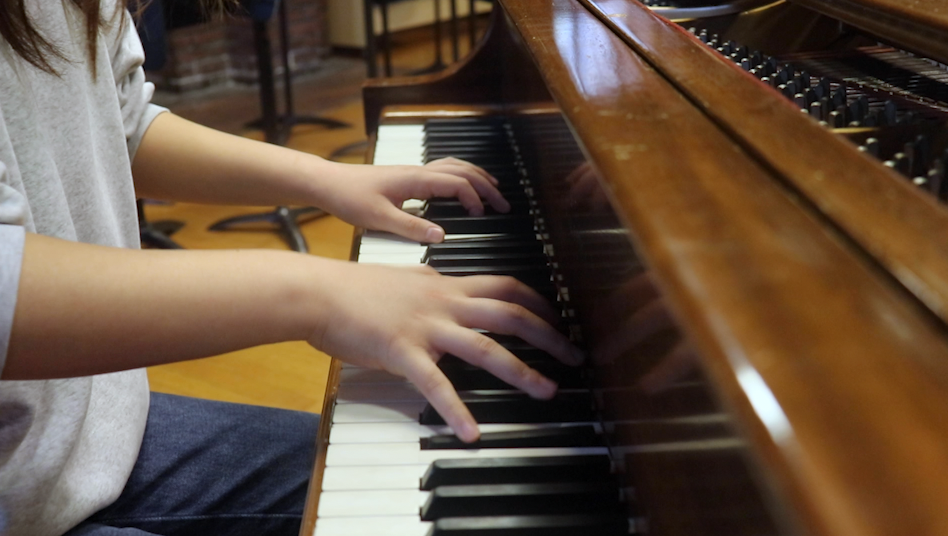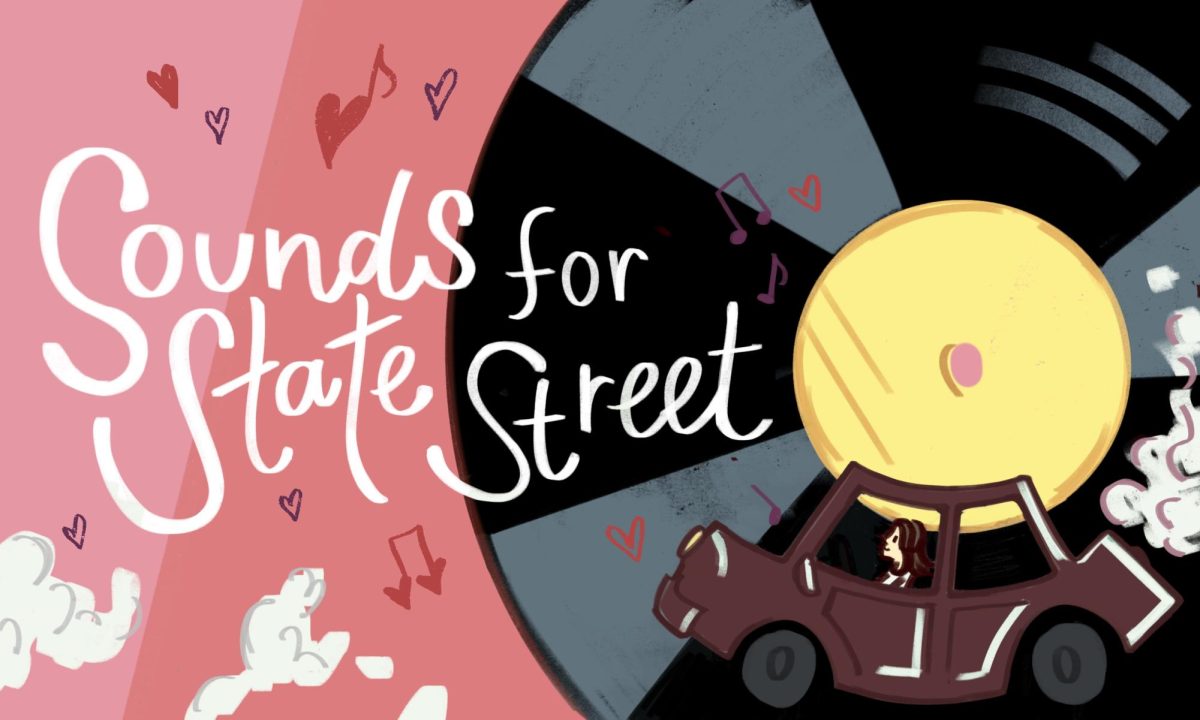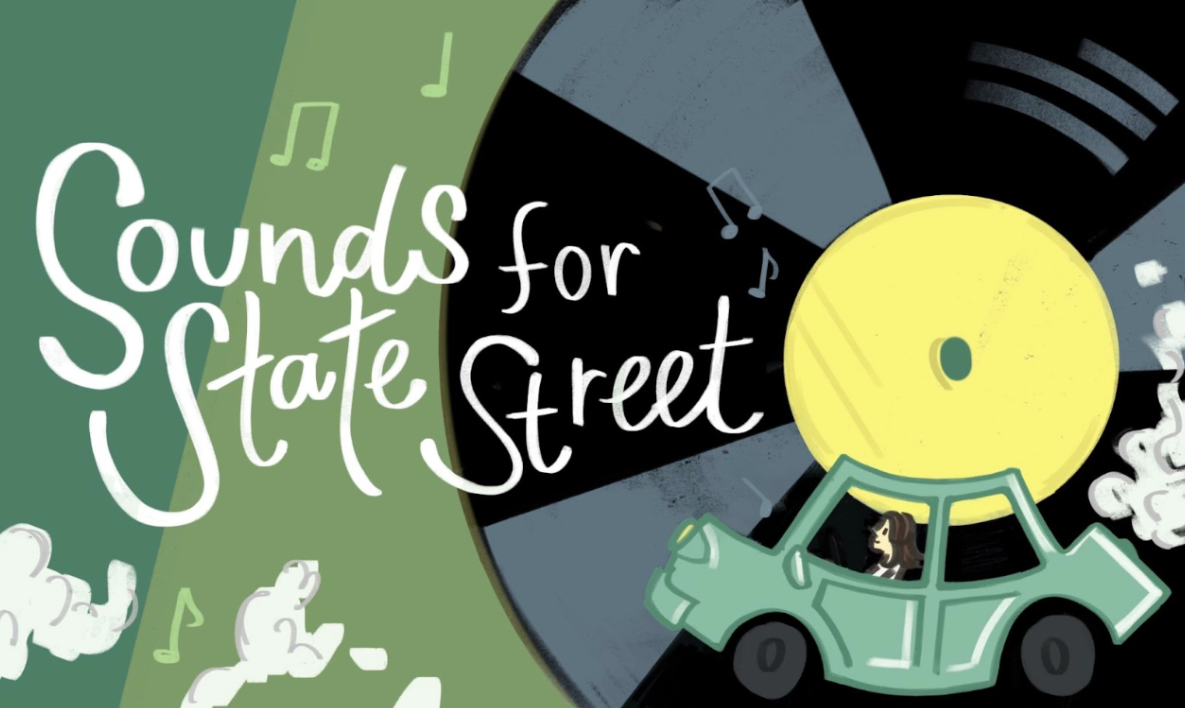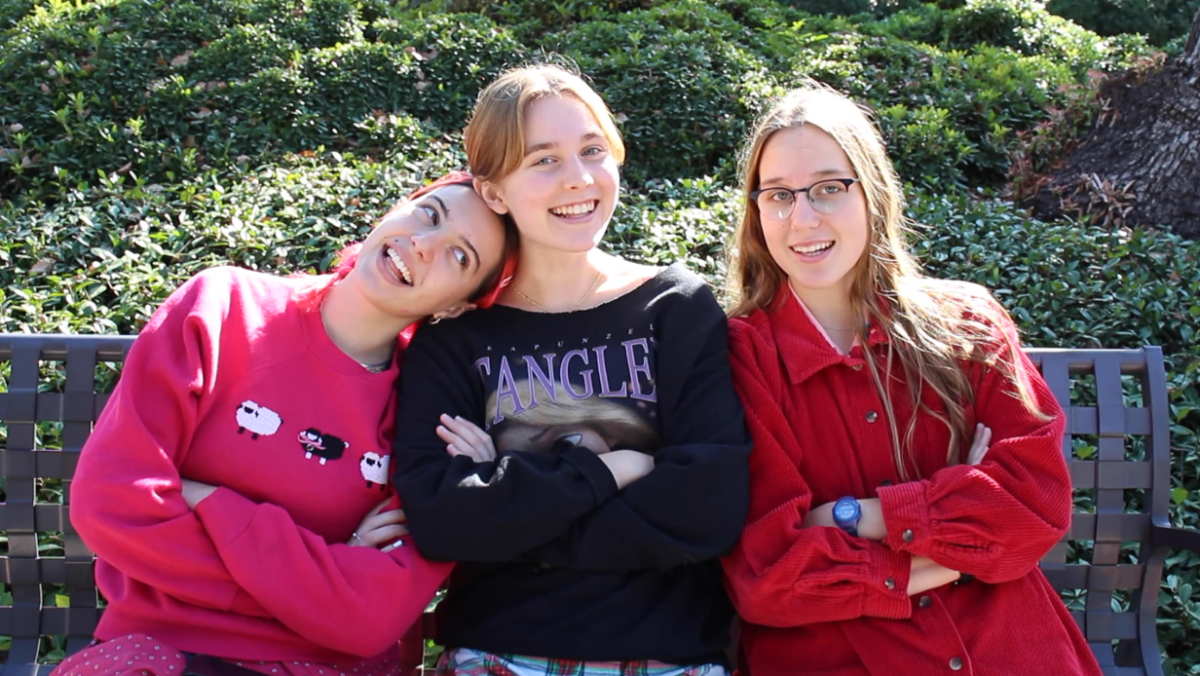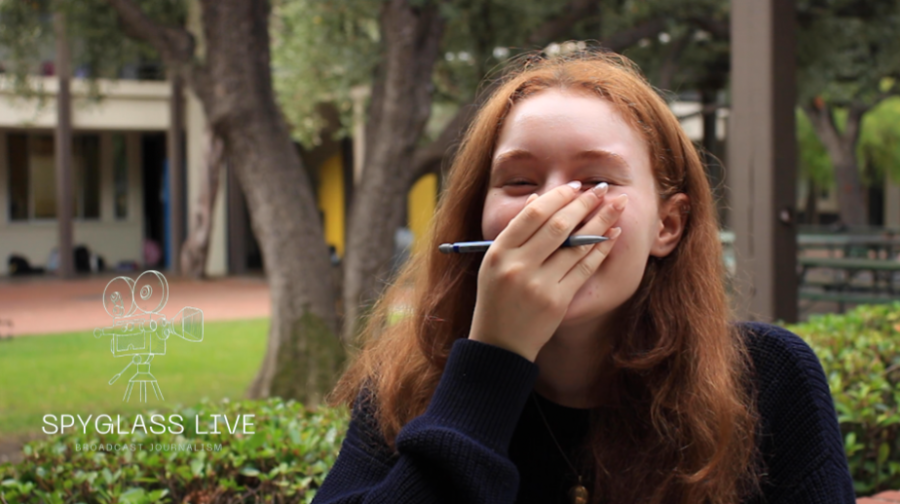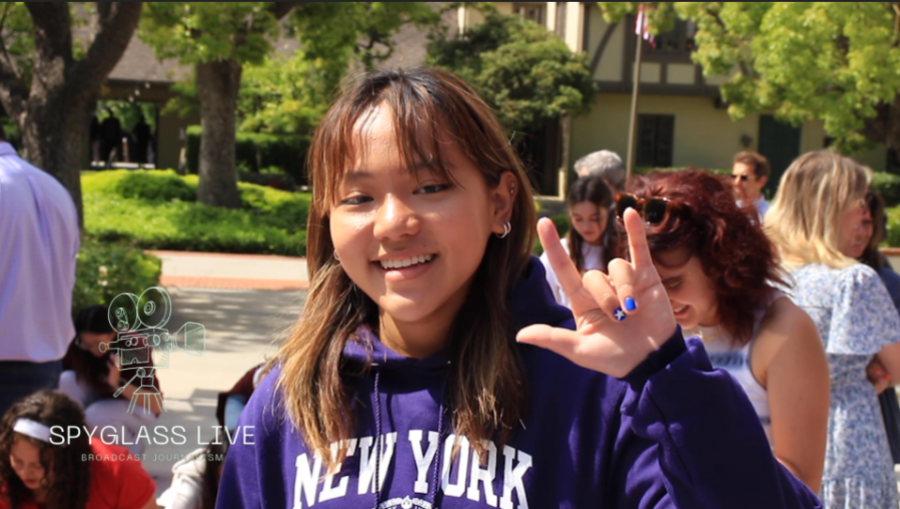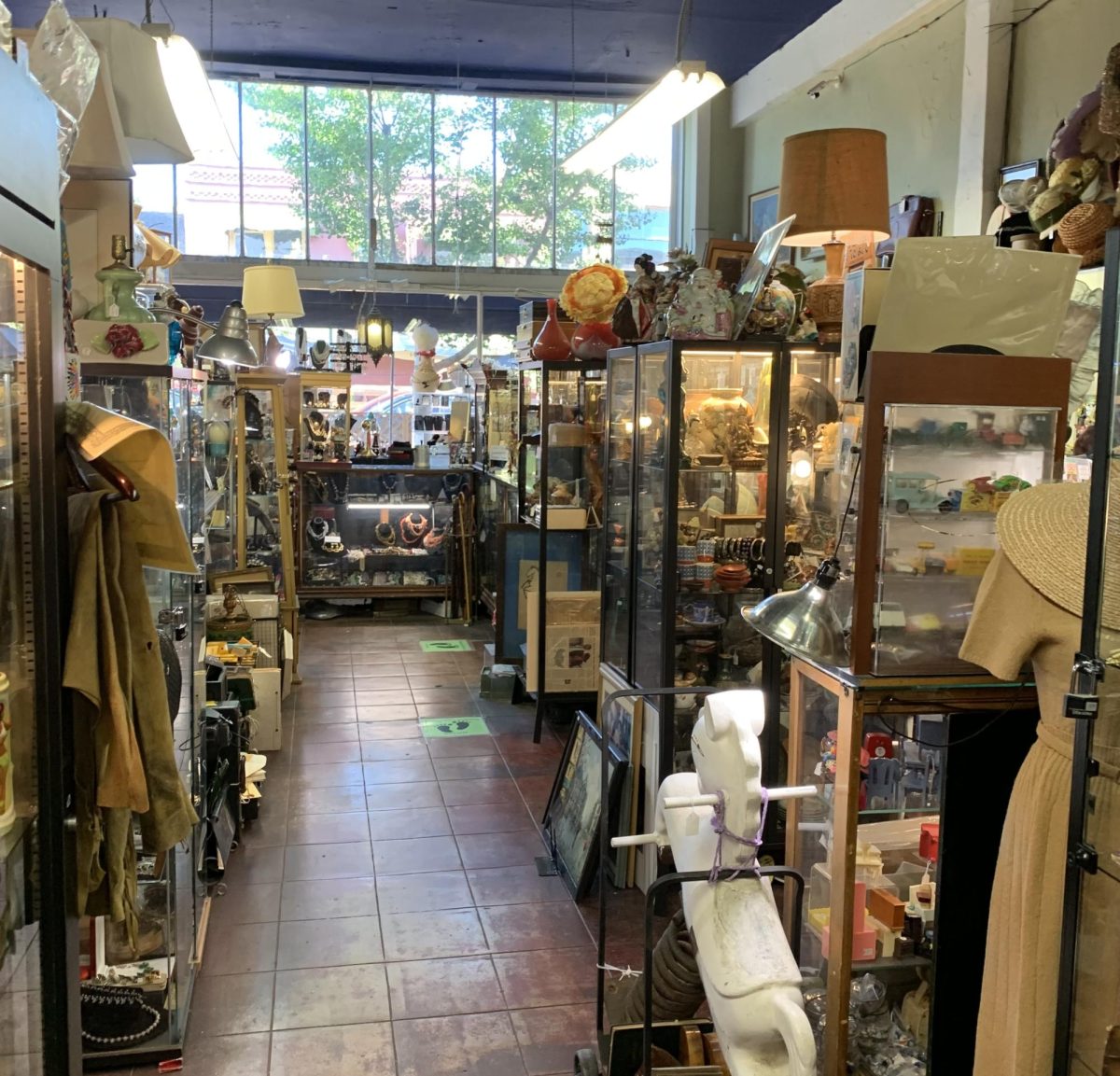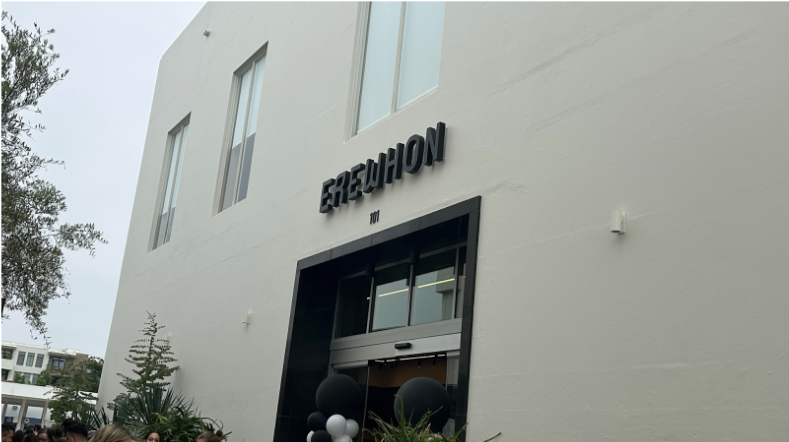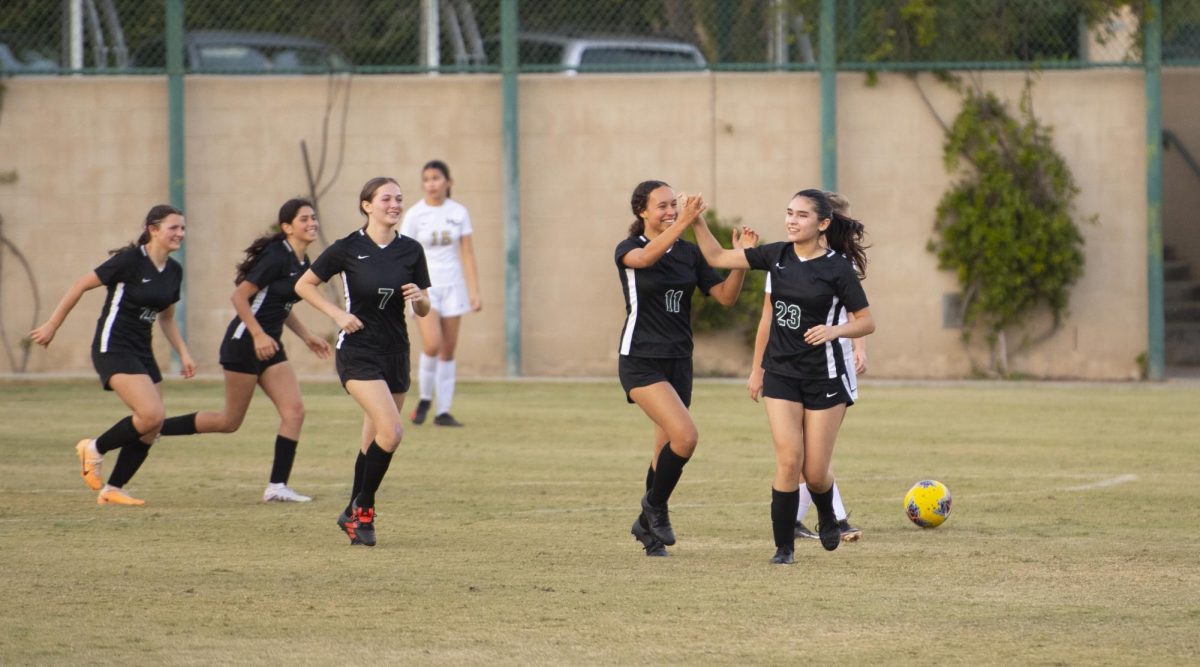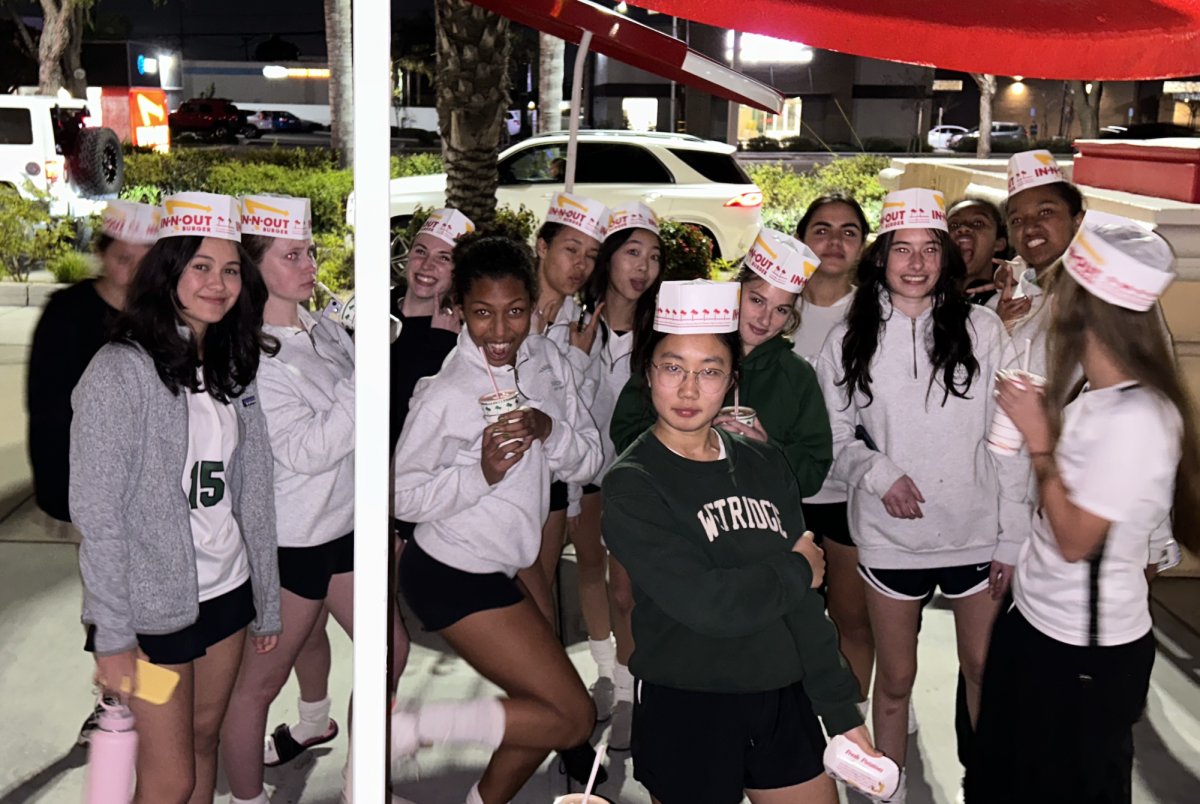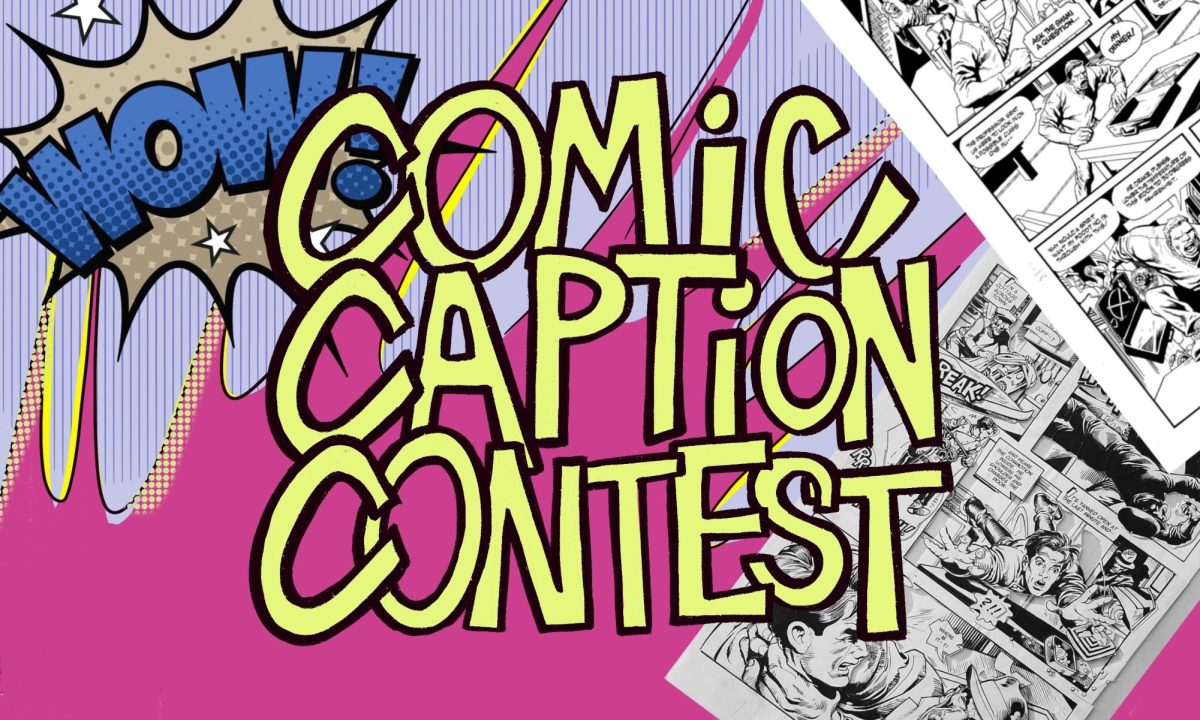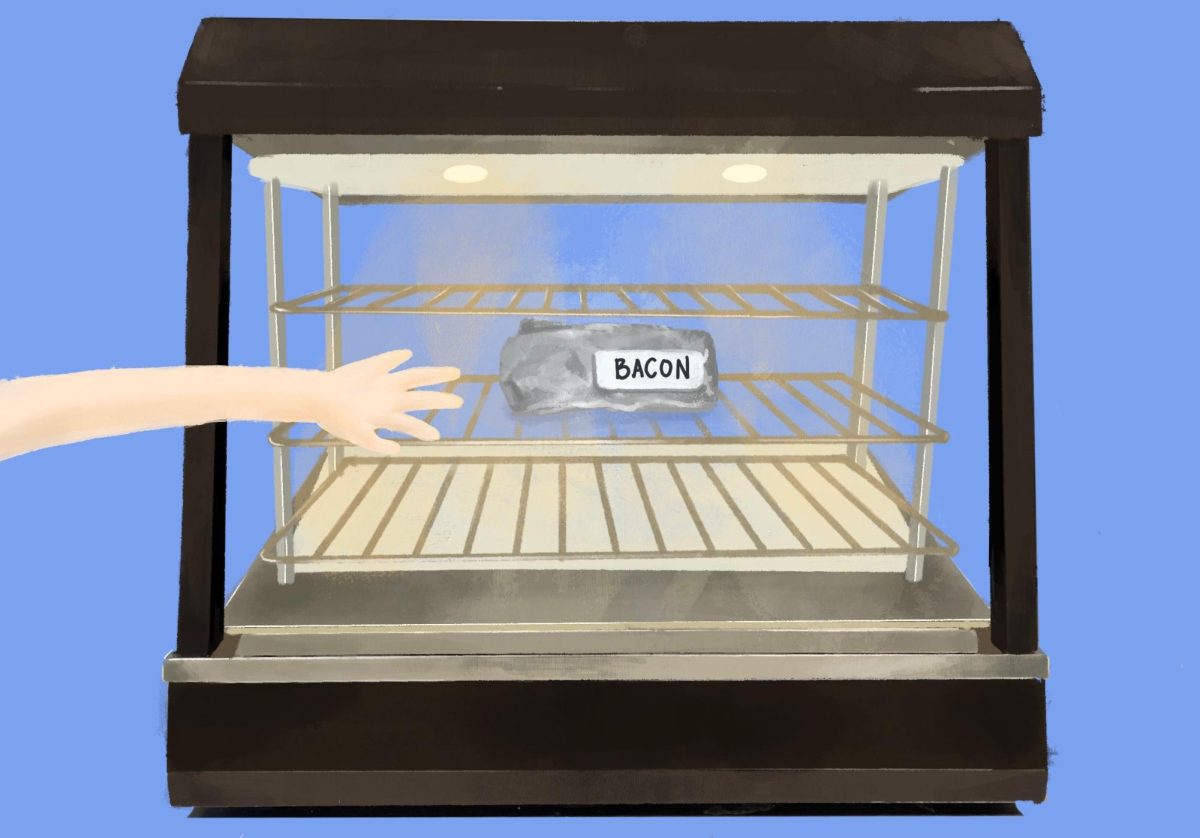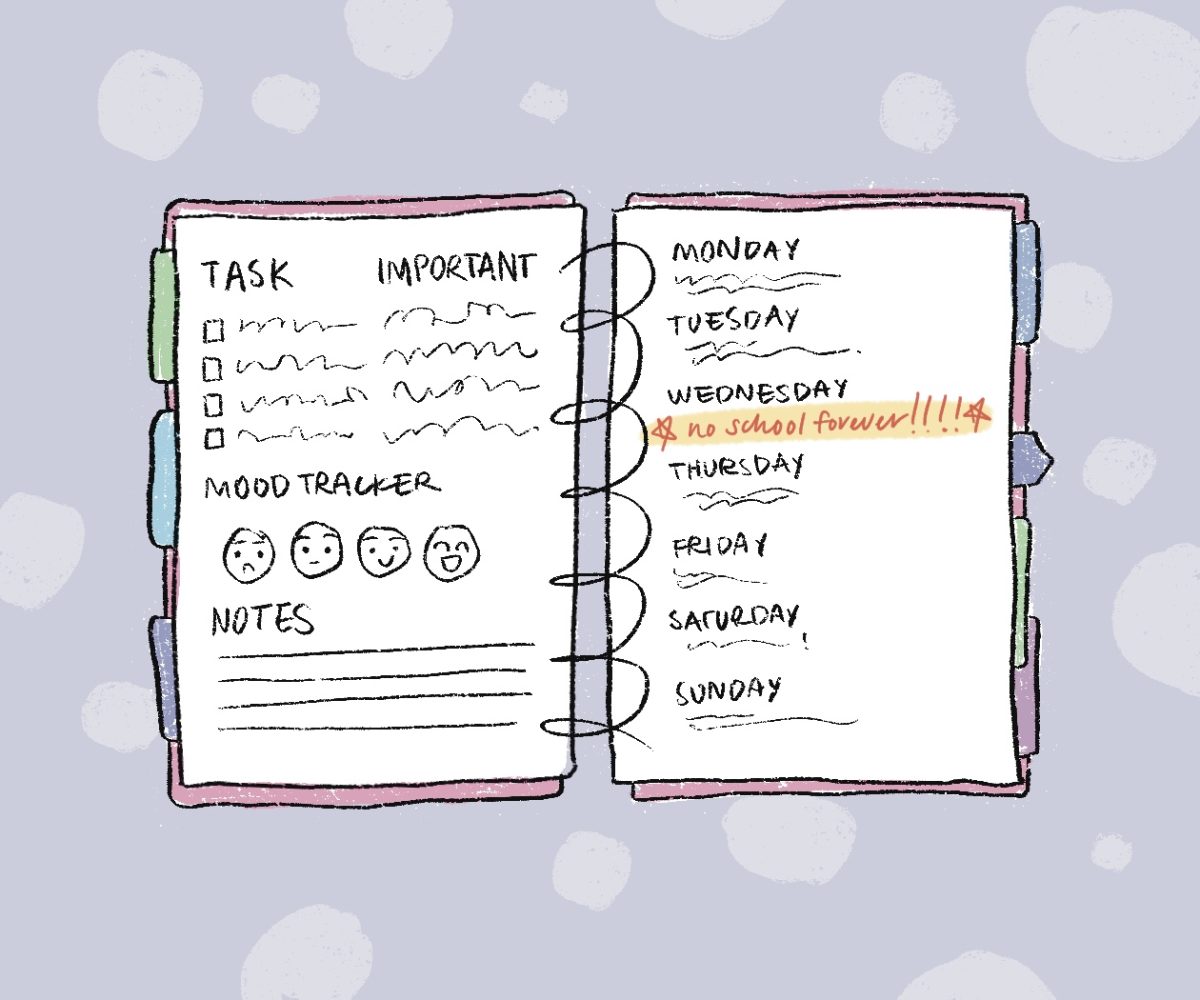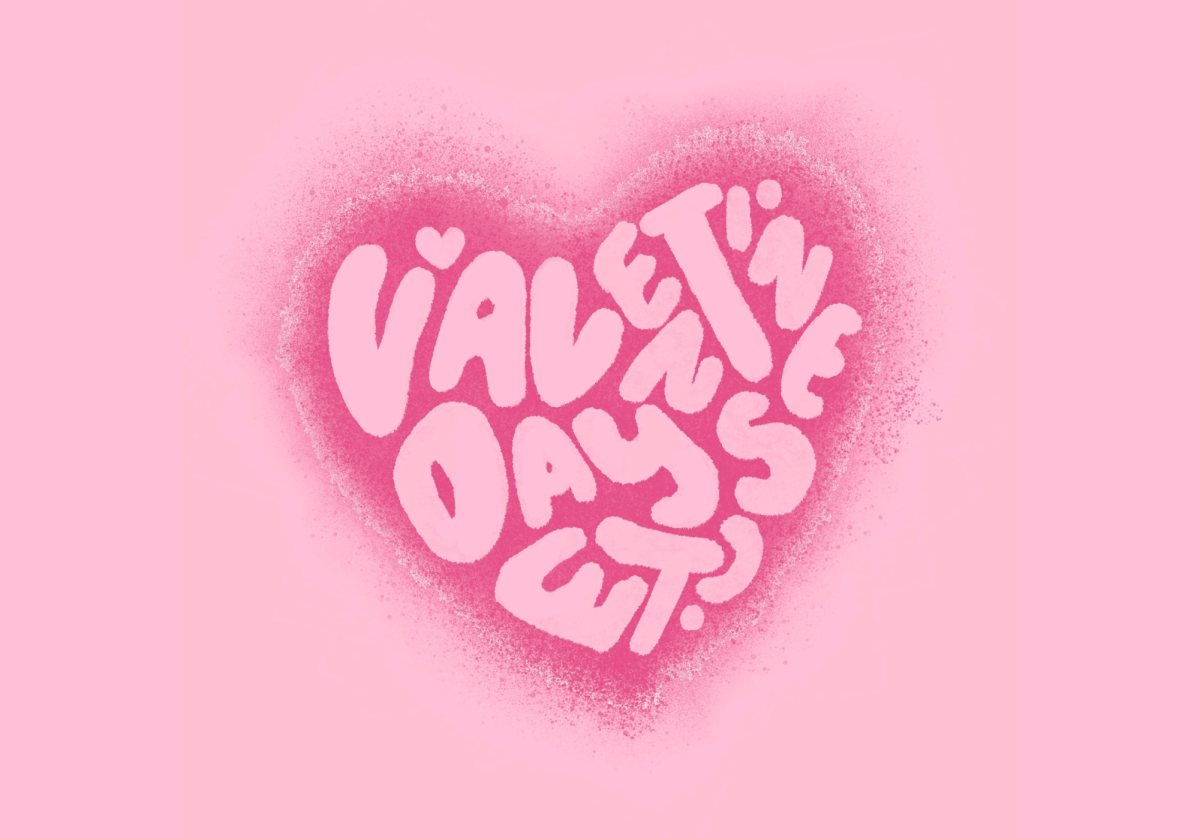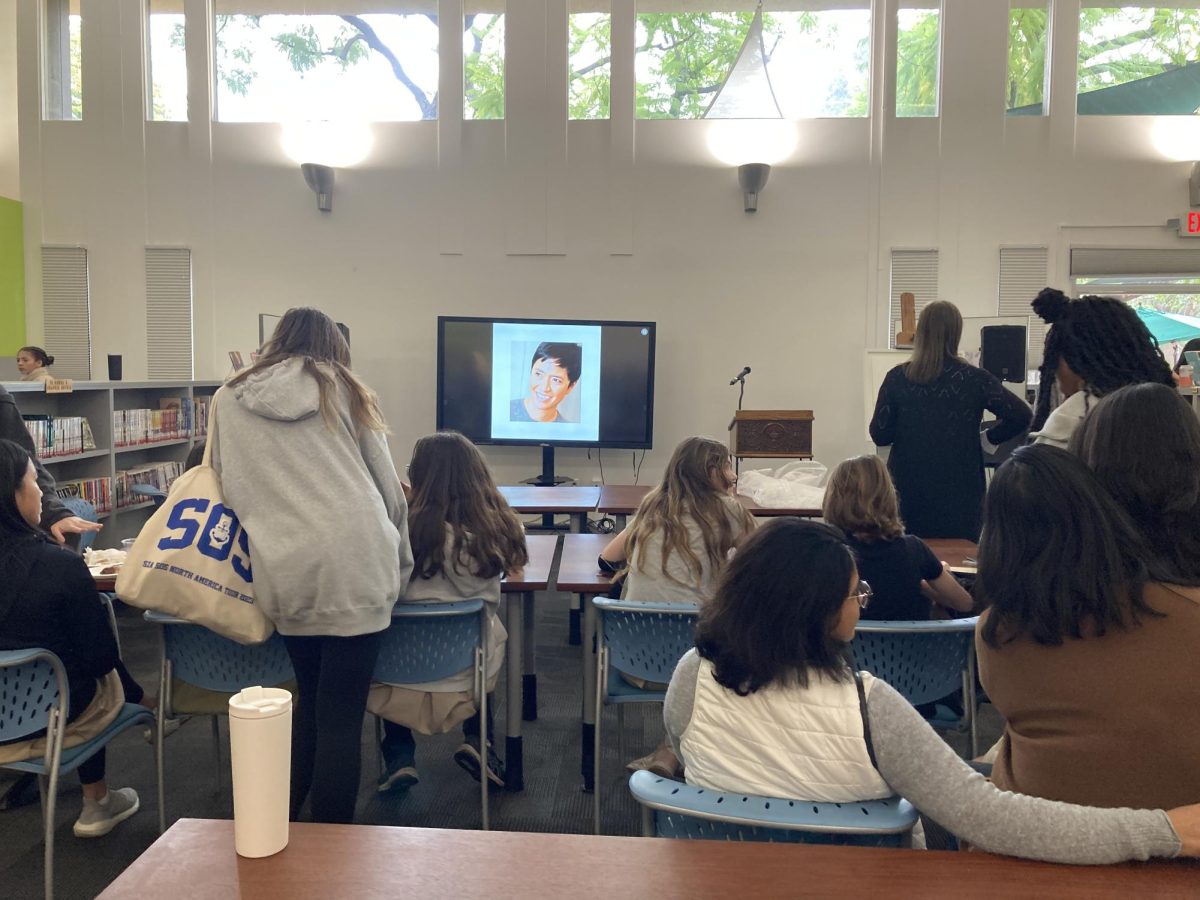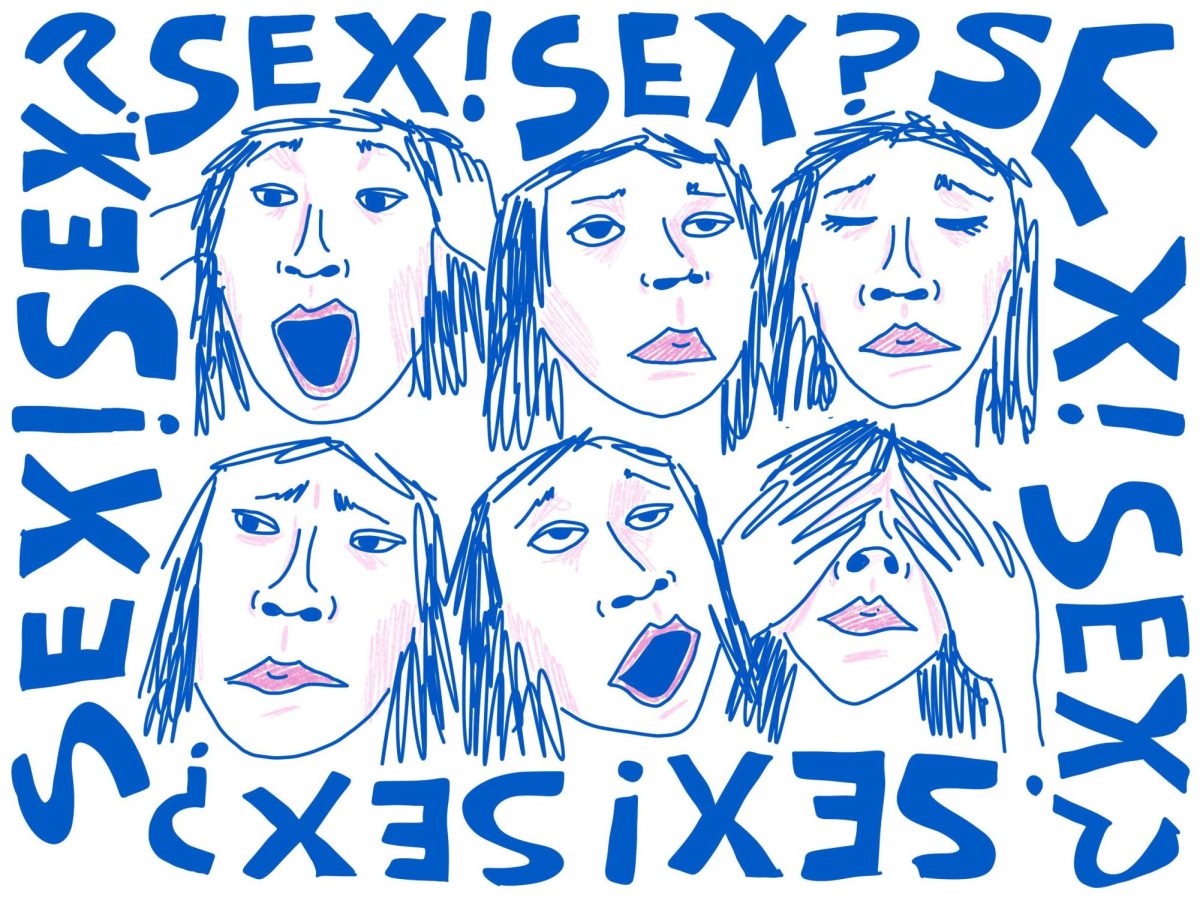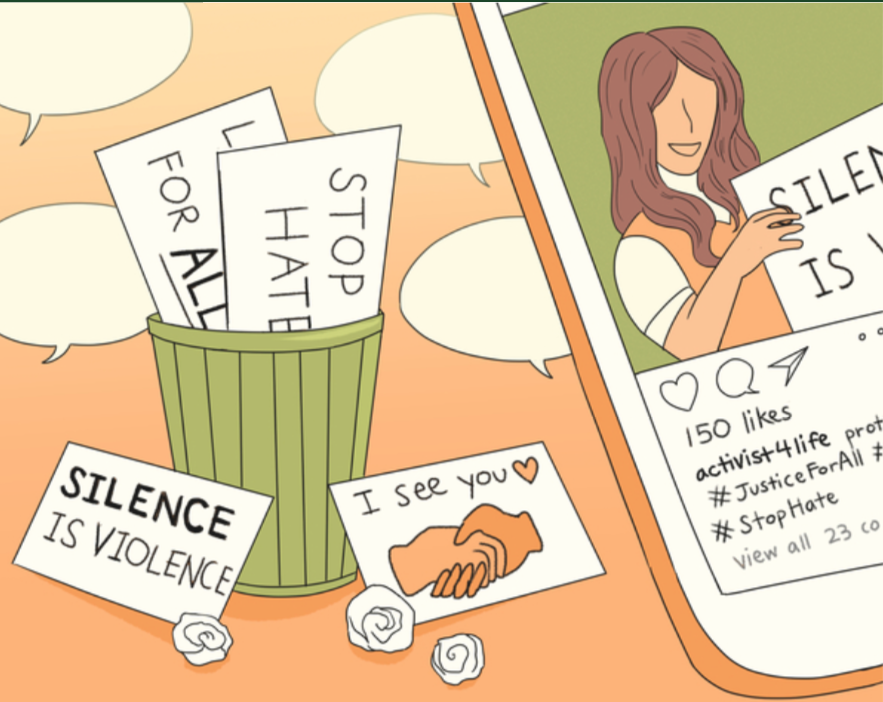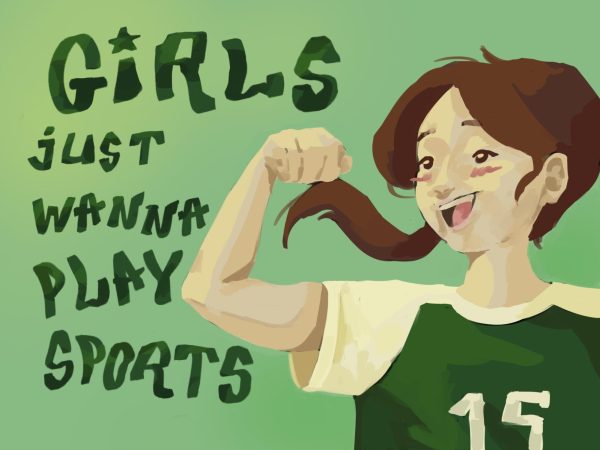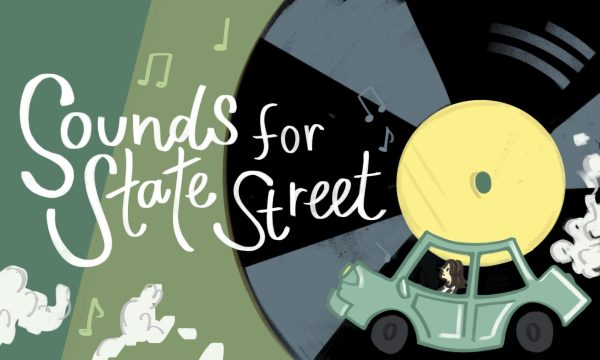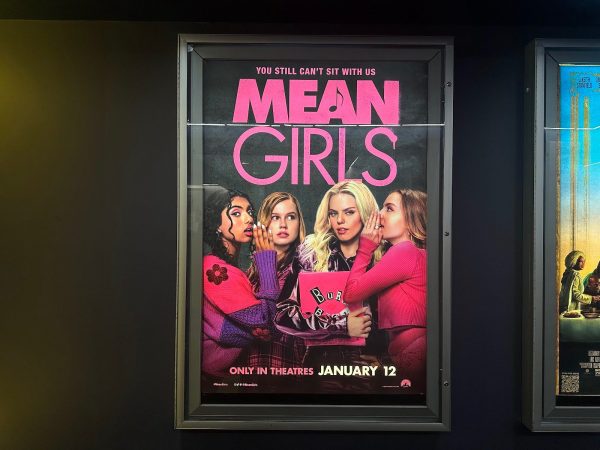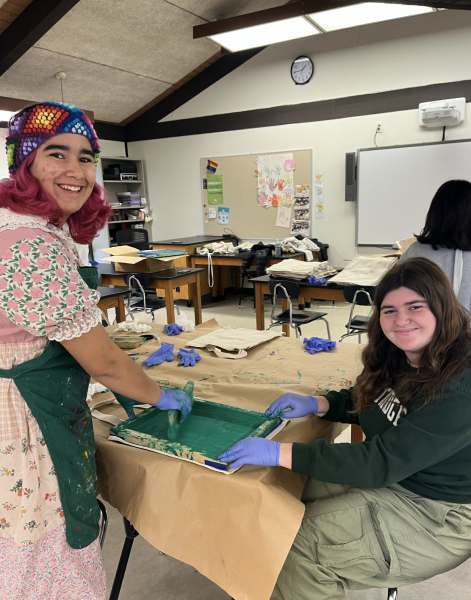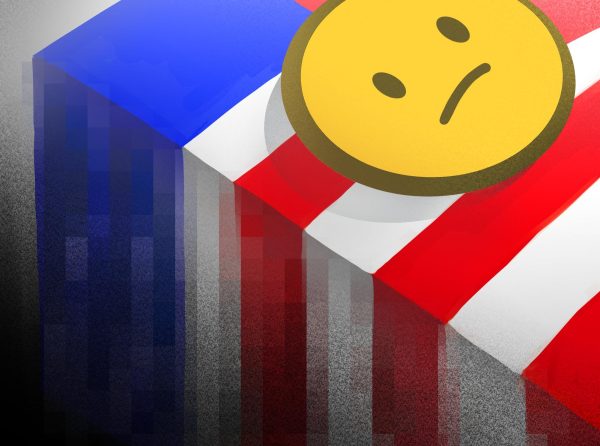Opinion: I’m Abandoning Performative Activism. Here’s Why You Should Too.
As I tap through stories on my Instagram feed, I see the same five activism posts of the day shared over again by classmates and celebrities alike. “BLM” written in a loopy font against a pale pink background or “Stop AAPI Hate” surrounded by floral designs are some of the most popular. I’ll admit it. I’ve also posted these to my story after quickly reading them over in a break between classes. It’s fulfilling to feel as if you’re doing something for a cause even if it’s as trivial as tapping a share button.
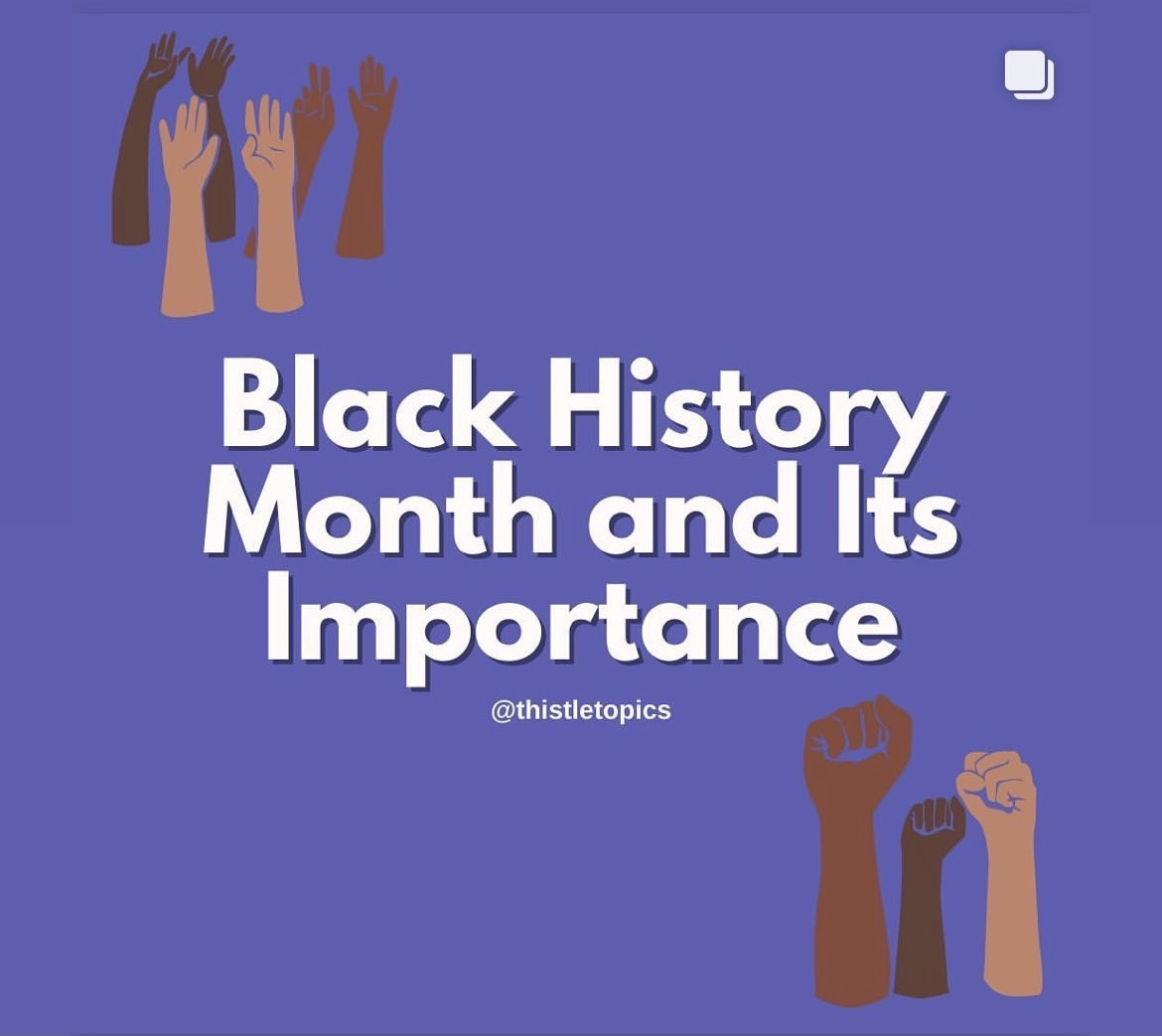
Maybe it’s because I’ve heard the term repeated so many times recently, but lately, I’ve felt as if I’ve been witness to and unconsciously engaged in what many people might label as performativity dozens of times over. Before you dismiss me entirely, let me take a moment to explain.
The issue for so many people, including myself, who are trying to be allies and support certain causes, is knowing whether the actions we are taking are “enough.” Does a pretty graphic with the history of racism condensed into four bullet points do anything beyond signalling one’s personal wokeness? How genuine is someone’s interest in these causes if they only ever share or talk about them on social media? Can posting something like a black square or wearing a BLM T-shirt actually be considered activism? What about reading a book? Attending a protest? When “doing the work,” what exactly qualifies as “work,” and how much “work” is required to pass the bar of allyship or wokeness?
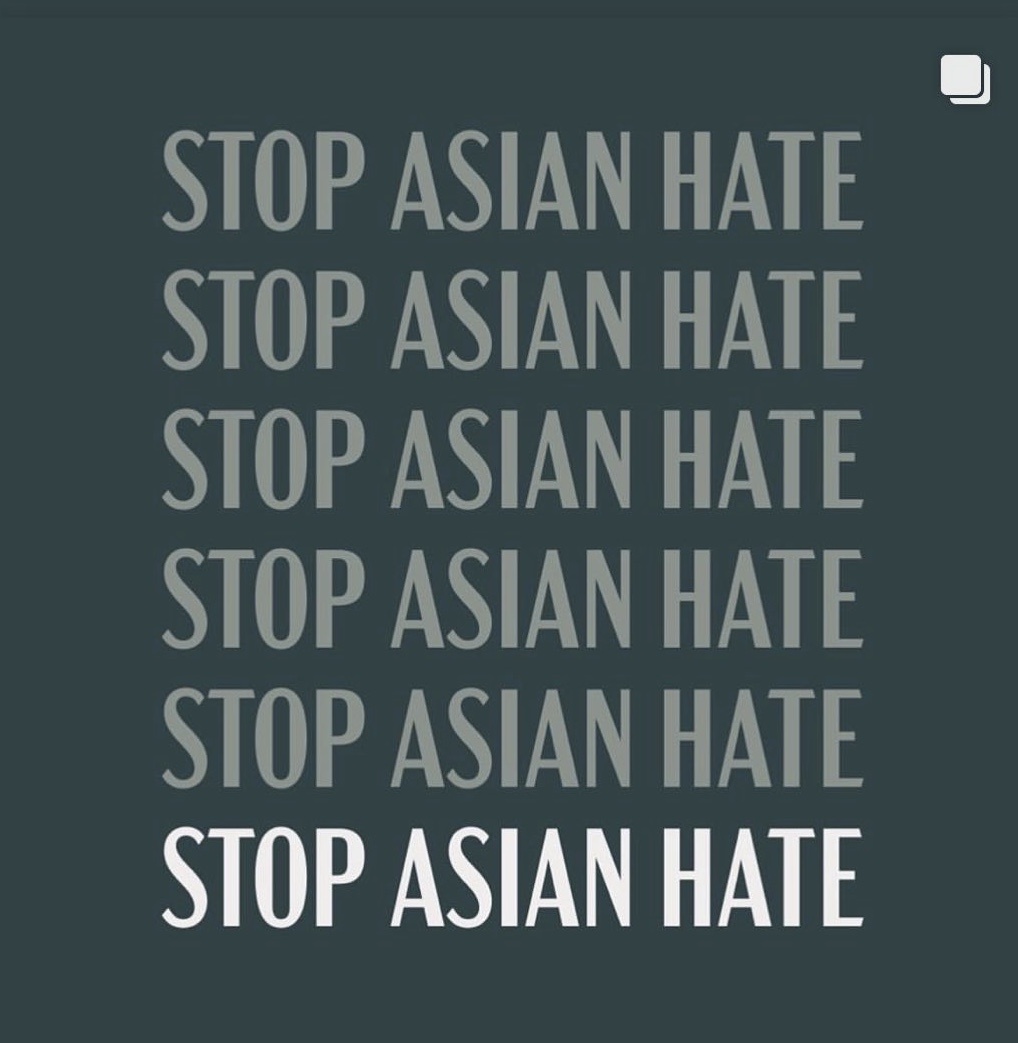
This idea of performative activism recently gained more popularity on June 2, 2020, a week following the killing of George Floyd, when a movement called Blackout Tuesday, launched by members of the music industry, swept social media. Although intended to be a day for the entertainment industry to hold off from posting new content and to stand in solidarity with the Black Lives Matter Movement, it rapidly grew, and users all over social media began to participate.
Posting a black square captioned #BlackLivesMatter flooded social media feeds as celebrities, influencers and just about every other person who supported the cause jumped on in a show of support. But people who’ve dealt with the issues addressed in the posts expressed doubts about the efficacy of this kind of activism — and rightly so. Although well-intentioned, some critics have argued that the original purpose for the day was lost in the process since the hashtag was now filled with empty squares rather than critical resources and information about the protests happening around the country. Others argued that posting a black square was a low bar for activism and equated it with doing the bare minimum.
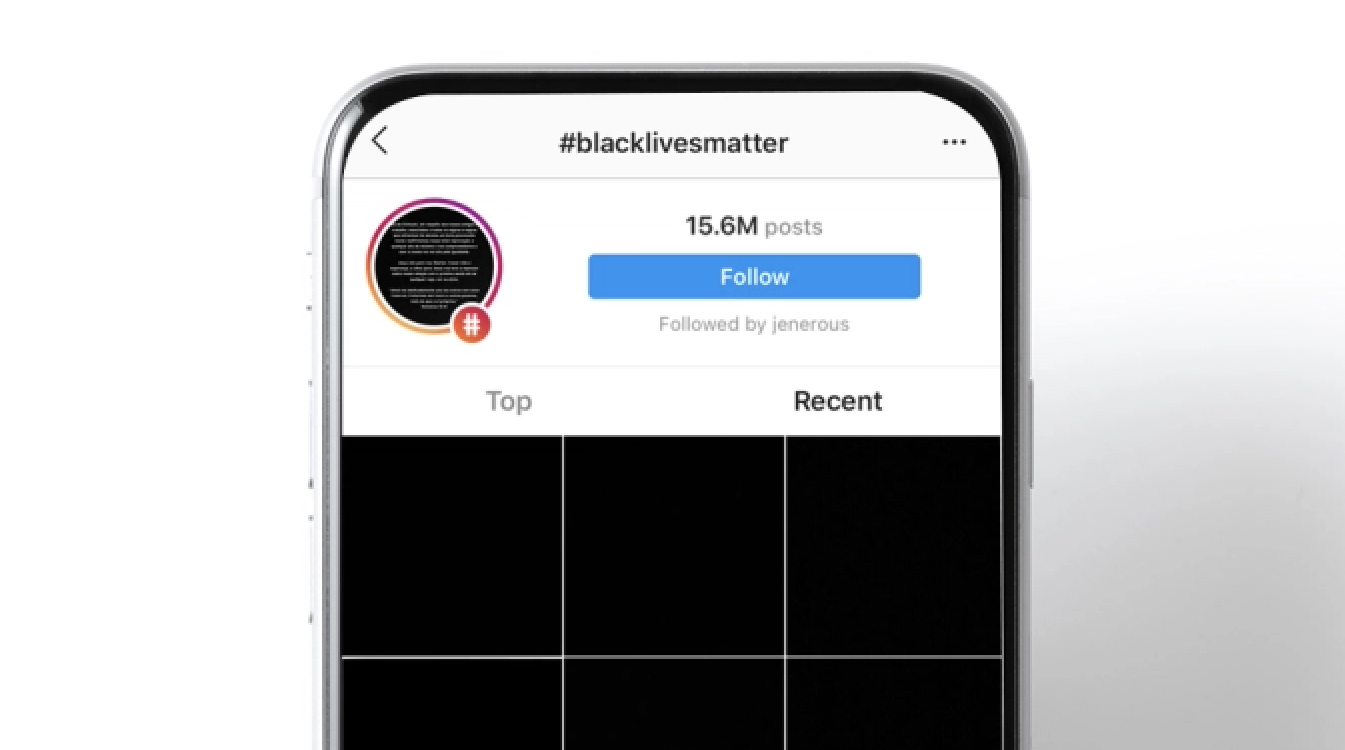
Most notoriously, celebrities and their friends, who had shown little to no support of the BLM movement before this, suddenly indicated a passion for the cause. “Many people posted a black square with ‘#blackouttuesday’ without any context or resources. This did not help the Black community because it made it seem like the Black Lives Matter movement was a trend,” remarked one of Westridge’s Black Student Union Heads, Camilla C. ‘21.
Critics’ frustration stems from the feeling that posting on social media is a self-congratulatory way to signal support without actually engaging in the work necessary to address these issues. Olivia Q. ‘22, one of Westridge’s Student Voices Heads, shared, “It’s doing something for the sake of prestige and for the sake of appearing woke. It’s to appear enlightened when you’re actually not doing anything for the cause. You’re not contributing, you’re not volunteering, you’re not really disseminating information that’s important. It’s talking the talk but not walking the walk.”
The very nature of performative activism is just that: performative. However, arguably, doing something is better than nothing. Regardless of one’s sincerity, performative activism can still bring attention to causes that would otherwise go ignored though it runs the risk of being dismissed. “If [awareness] is the result of somebody just putting up the little black square or #BLM-ing it, I’m fine with that because that helped the people who were actually boots on the ground, get either donations or help them be more active in the field of what they’re doing. Even though you want people to care more and to be more assertive in their actual life, if social media is just a driver to drive people to a cause, then I’m alright with that,” commented Dr. Kelly, Westridge’s Director of Lower and Middle School.
Joaquin Zurita, a writer for The Organization of World Peace, wrote, “If we really want to bring about effective change as those 28.9 million claimed to be interested in, then activism ought to be continuous. It is not enough to share a hashtag or to post an image of yourself in a protest. Performative activism cannot become a replacement for concrete action. If we decide to share something on social media to create awareness, then our activism cannot end there.”
I agree with this statement about performative activism, but in the last months, as the term has become more widely popularized, it’s strayed further and further away from this definition. It seems as if activism has become a competition or an opportunity to weaponize one’s values. It’s easy to get caught up judging others for their displays of wokeness or lack thereof. Canceling others for missing a protest or one Zoom meeting has also become a way of signalling one’s moral superiority.
Another issue I’ve encountered as I’ve tried to become more engaged in activism is when my support of one cause negatively impacts another. For example, I recently decided to try and stop supporting fast fashion and shop mostly at thrift stores, but I’m now accused of contributing to gentrification. On the other hand, by not engaging in fast fashion, could I be taking away exploitative jobs, as terrible as they are, from people who rely on them to support their families? I could try and shop at sustainable or smaller local businesses, but let’s be honest, I don’t have $90 to spend on a locally sourced T-shirt sold in an independently owned shop in Silverlake. From the clothes we wear to the food we consume, every choice casts a vote or signals to others a vote in favor of one cause — sometimes over another.
As frustrating and hopeless as this feels, passivity can’t be the answer. I can’t offer the exact place to jump into activism or even the most successful way to create change because I feel this a lot of the time as well. I do think the solution to some of my own confusion is to start opening up dialogue with those around me. Maybe they have answers, or perhaps they don’t, but hearing others’ opinions encourages me to keep trying to understand or even view topics in a new light.
I originally pitched this article as a feature about Instagram infographics and performative activism on social media, but when I brought up the topic to my in-person class of about six people, it launched a conversation about activism that went on for almost the entirety of our time together. We recognized that when it came to performative activism, none of us had close to an understanding of how to truly define it or what our exact relationship was with the term.
I remember one time after posting an infographic, I received a message challenging whether or not I had legitimately read it through. It felt awful to have my integrity questioned. I wholeheartedly supported the message, and my efforts to endorse it were met with immediate criticism. But I’ve forced myself to take a step back and recognize that I don’t really have a right to be upset with the person questioning me. Wasn’t I, moments before, silently criticizing and questioning somebody else’s infographics?
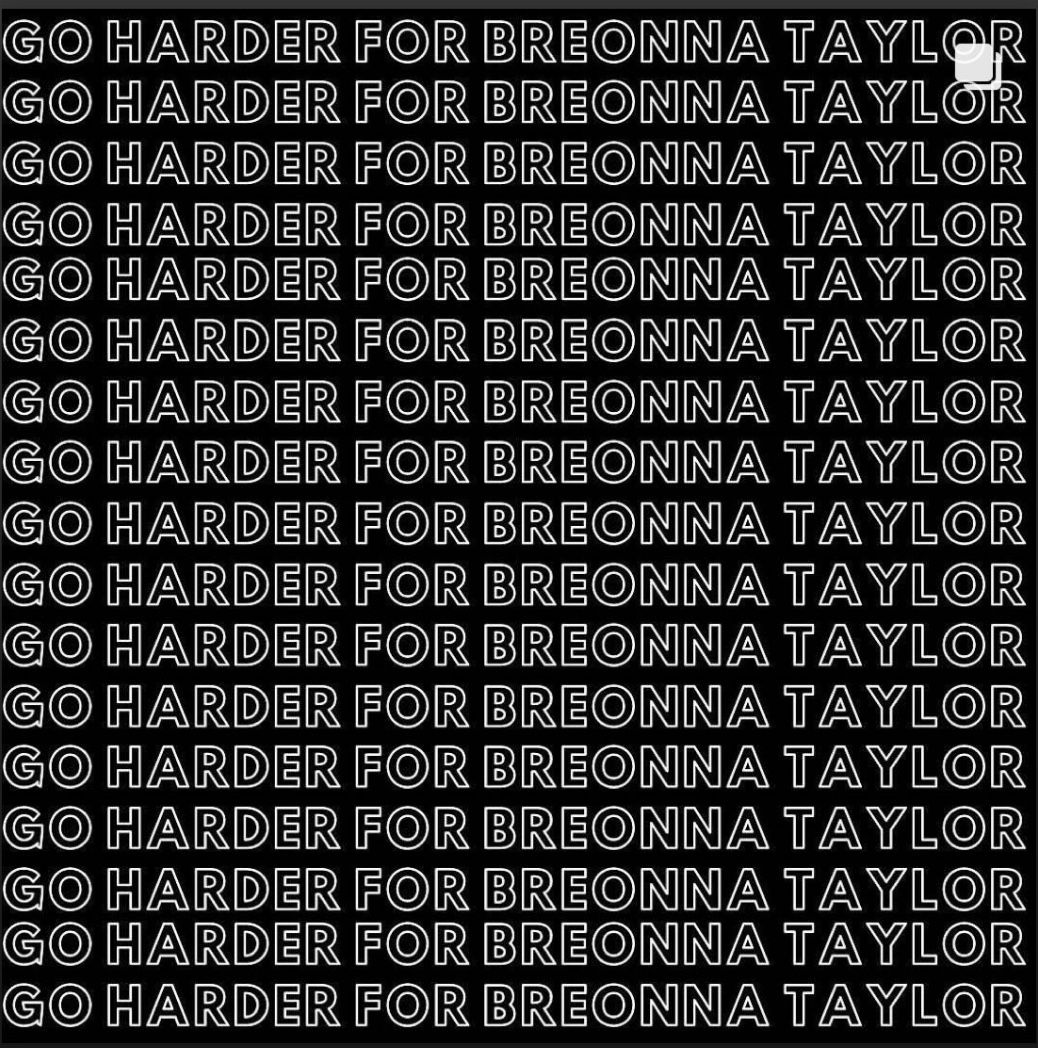
As somebody who has been accused of and felt guilty about her own performativity, I also own and admit that I have pointed a finger at others in accusation. But I am also someone who genuinely wants to create change in our country, and I know that my first step should be to stop acting like the judge and jury of others’ crimes of performativity. I should know firsthand that the people who post infographics on Instagram or who are trying to educate themselves on issues, are rarely ill intentioned. Yes, sometimes more than an infographic a day would be nice, but the acts we deem performative are often the places where people who are trying to become more engaged plant their roots.
After the conversation I had with my peers in Spyglass ended, I realized I had more to personally explore about the topic. These are the kinds of conversations that will bring awareness to causes, erase stigmas and encourage more people — scared to be criticized or do something wrong — to get involved. Competing to appear woke, and bringing down others who truly care about the issues but aren’t sure where to start, contributes nothing to the cause being advocated for.

Eliza is a senior and the Editor in Chief of Spyglass this year. This is her fifth year on staff and her third year as an editor. Outside of Spyglass,...

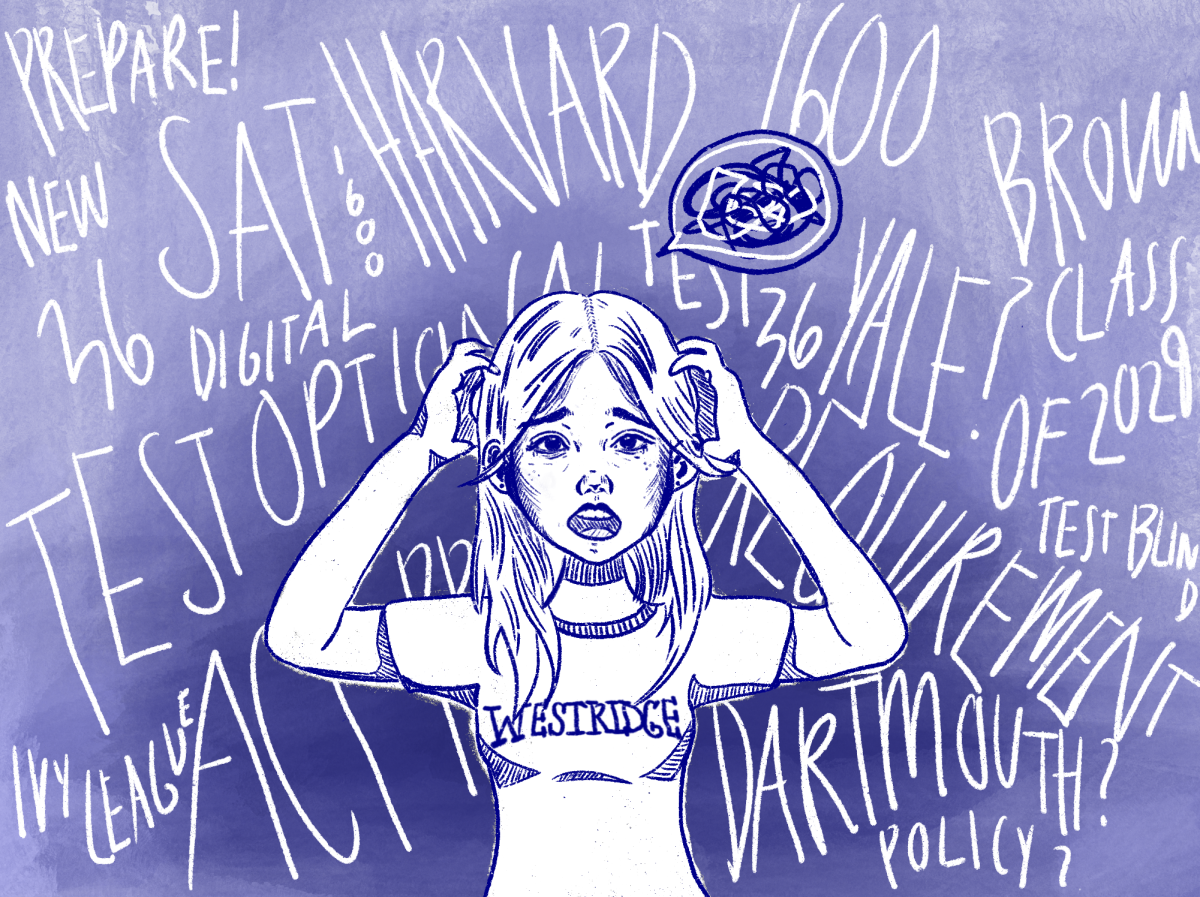
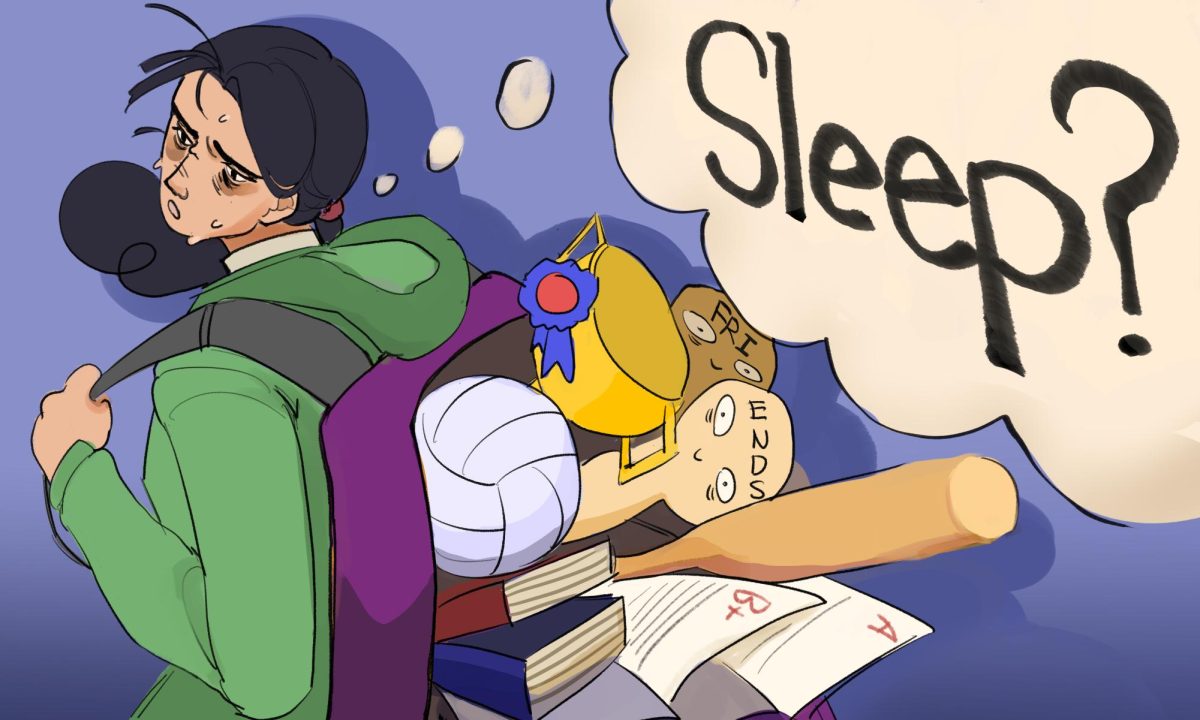

![Ms. Heydorff in her office explaining her role when working with ASB. ASB really took the lead on [ASD] and I was just there to support and give them assistance in any way they needed, said Ms. Heydorff.](https://westridgespyglass.org/wp-content/uploads/2024/04/Image-e1713072272110-828x1200.jpg)
